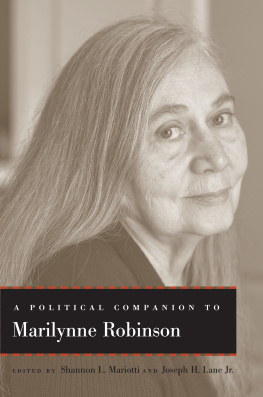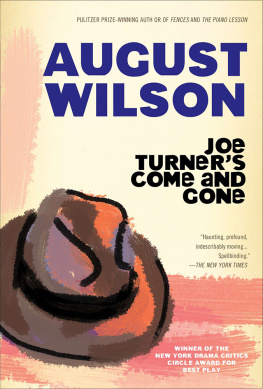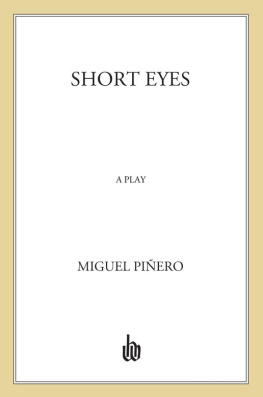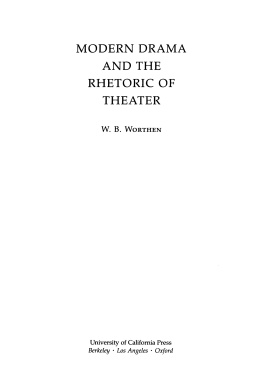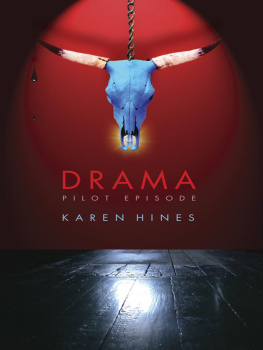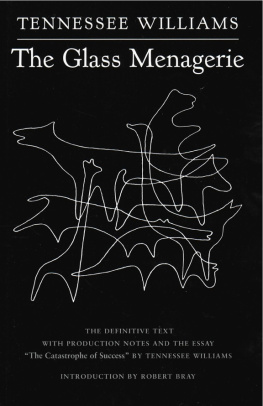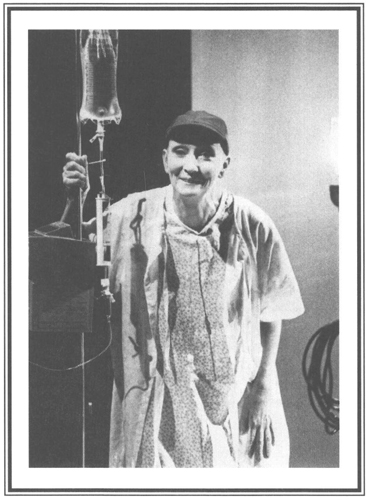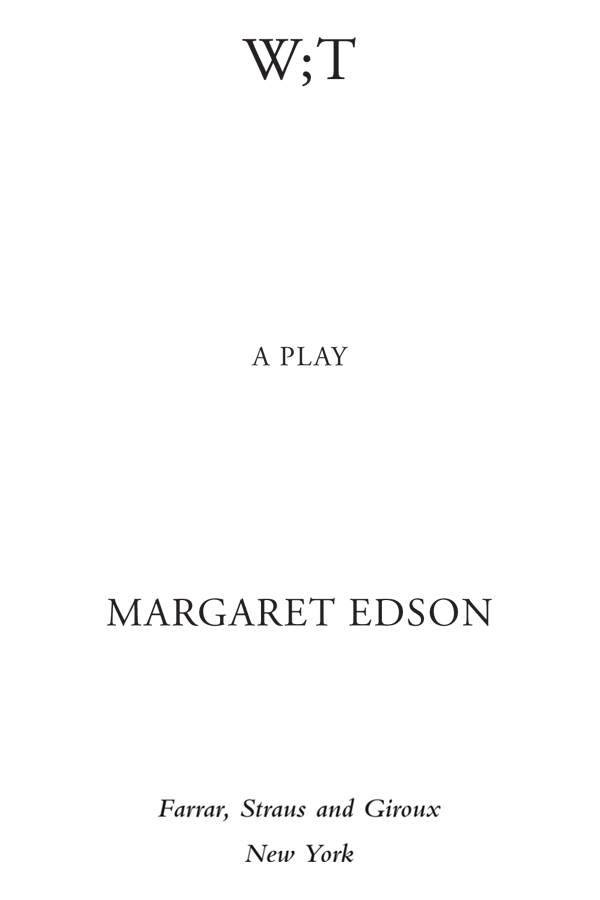Margaret Edson - Wit: A Play
Here you can read online Margaret Edson - Wit: A Play full text of the book (entire story) in english for free. Download pdf and epub, get meaning, cover and reviews about this ebook. year: 1999, publisher: Farrar, Straus and Giroux, genre: Detective and thriller. Description of the work, (preface) as well as reviews are available. Best literature library LitArk.com created for fans of good reading and offers a wide selection of genres:
Romance novel
Science fiction
Adventure
Detective
Science
History
Home and family
Prose
Art
Politics
Computer
Non-fiction
Religion
Business
Children
Humor
Choose a favorite category and find really read worthwhile books. Enjoy immersion in the world of imagination, feel the emotions of the characters or learn something new for yourself, make an fascinating discovery.
- Book:Wit: A Play
- Author:
- Publisher:Farrar, Straus and Giroux
- Genre:
- Year:1999
- Rating:3 / 5
- Favourites:Add to favourites
- Your mark:
Wit: A Play: summary, description and annotation
We offer to read an annotation, description, summary or preface (depends on what the author of the book "Wit: A Play" wrote himself). If you haven't found the necessary information about the book — write in the comments, we will try to find it.
Winner of the 1999 Pulitzer Prize for Drama, the New York Drama Critics Circle Award, the Drama Desk Award, the Outer Critics Circle Award, the Lucille Lortel Award, and the Oppenheimer Award
Margaret Edsons powerfully imagined Pulitzer Prizewinning play examines what makes life worth living through her exploration of one of existences unifying experiencesmortalitywhile she also probes the vital importance of human relationships. What we as her audience take away from this remarkable drama is a keener sense that, while death is real and unavoidable, our lives are ours to cherish or throw awaya lesson that can be both uplifting and redemptive. As the playwright herself puts it, The play is not about doctors or even about cancer. Its about kindness, but it shows arrogance. Its about compassion, but it shows insensitivity.
In Wit, Edson delves into timeless questions with no final answers: How should we live our lives knowing that we will die? Is the way we live our lives and interact with others more important than what we achieve materially, professionally, or intellectually? How does language figure into our lives? Can science and art help us conquer death, or our fear of it? What will seem most important to each of us about life as that life comes to an end?
The immediacy of the presentation, and the clarity and elegance of Edsons writing, make this sophisticated, multilayered play accessible to almost any interested reader.
As the play begins, Vivian Bearing, a renowned professor of English who has
spent years studying and teaching the intricate, difficult Holy Sonnets of the
seventeenth-century poet John Donne, is diagnosed with advanced ovarian cancer. Confident of her ability to stay in control of events, she brings to her illness the same intensely rational and painstakingly methodical approach that has guided her stellar academic career. But as her disease and its excruciatingly painful treatment inexorably progress, she begins to question the single-minded values and standards that have always directed her, finally coming to understand the aspects of life that make it truly worth living.
Margaret Edson: author's other books
Who wrote Wit: A Play? Find out the surname, the name of the author of the book and a list of all author's works by series.


